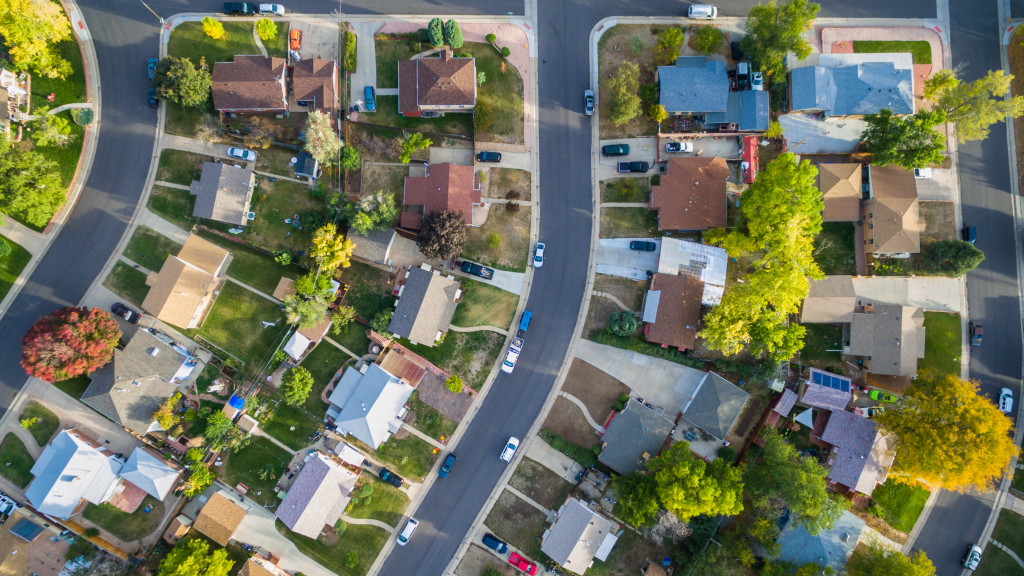Much overdue is improving and upgrading the nation’s transportation network, bridges, roads, transmission systems, and energy production. Infrastructure is expected to have a social rate of return at around 20%, which means $1 of investment in infrastructure yields a 20-cent increase in the GDP. Projects that provide public benefits only produce realized gains if they incorporate infrastructure.
Encourage Private Investment in Infrastructure Projects by Making Them Attractive
Important to helping close the gap in infrastructure between the Caribbean and Latin America, and everywhere around the globe is mobilizing private finance for infrastructure projects. The Northern Wasatch Front is one example of regions in Utah that have complementary projects. Their Parade of Homes for house-plan touring can give organizations or private investors ideas of exemplary infrastructure.
The ability to generate reliable and precise projects is needed. This means greater openness in the generation process for an infrastructure project, increased assurance about framework requirements to execute the said project, and decreased risk when starting the operation.
Among the primary factors needed to succeed in this undertaking is an infrastructure pipeline lasting for years and a broader, improved, and more independent cost-benefit analysis. It’s recommended to:
- Administer a unified process for cost-benefit appraisals to achieve comparable outcomes, and ensure that public initiatives are fully transparent regarding rejected projects.
- A culture of constant growth and development for project evaluations reviews projects after completion and after a decade.
- Pension fund preferences, superannuation, and long-term bond market development can connect infrastructure investments and capital market development.
- Increase asset usage for prices to direct supply and demand for infrastructure; private investment appeal increases when complete cost recovery is present. Additionally, technological advancement can increase asset utilization.
Infrastructure Projects and Services Should Have Markets
To ensure that all the infrastructure system’s various pieces operate harmoniously, we need a single market for infrastructure services and their assets. Moreover, adherence to these strategies enables adequate planning. It helps to avoid common infrastructure procuring mistakes, such as treating infrastructure as a static-physical asset and procuring it without considering the benefits it will provide. Below are critical elements in the construction of a strong infrastructure market:
- Having a long-term pipeline of projects
- Rules to secure consumers’ long-term interests when there are no market competitors
- Full cost-recovery
- maximize efficiency, innovation, and scalability
- firm private sector ownership and participation

Develop Projects with Real, Quantitative Advantages
Governments should use design, financial models, and trustworthy analytics and data that match citizens’ demands to accomplish this goal. A good thing to keep in mind is that they should look at both an infrastructure project’s immediate impact and the wide-ranging implications on the rest of the community and economy. Some effects include:
- The reduction of economic obstacles resulting in greater economic activity and an increase in industrial and labor efficiency
- Fees or taxes due to government finances acquainted with a project — tolls are an example
- There is an increase in taxes due to a project going into effect, such as a rise in property taxes after having a road built in a particular neighborhood, allowing accessibility and increasing real estate value in that area
- Improvements in the quality of life in the community, such as reducing commuter traffic due to the construction of an express lane, allow drivers to spend more quality time with their friends and families
- Many health and social benefits such as the number of people who can easily access medical facilities nearby
Constructing Long-term Infrastructure to Promote Radical Innovation and Rise in Productivity
As a prerequisite to higher infrastructure productivity, enhancing productivity and applying innovation in the industry are key. Promoting this strategy is as simple as following these recommendations:
- Both establishing solutions as the cornerstone in infrastructure procurement and increasing productivity through it are innovative in and of themselves and serve as a catalyst when it alters the emphasis from physical features to service delivery.
- Making high-quality judgments that incorporate all the government’s considerations ensures consistency, and it also facilitates a shortened approval procedure, which is essential for efficient application.
- Acquiring land over time based on recognizing critical land corridors in regions and cities eliminates the extra time and expense from property disputes and shortens project execution.
- Quality and time of delivery are strongly influenced by having well-qualified, interdisciplinary teams in relevant authorities who possess the essential decision-making capacity and consistently involve the project operator.
The techniques described can benefit governments in improving and updating infrastructure decision-making. The best framework can only be as effective as each step in it. Therefore, strive to use checks and balances, objective criteria, and transparency to ensure that every stage of the framework delivers results. It is possible to use this method to improve not just the selection of infrastructure projects but also their outcomes.

